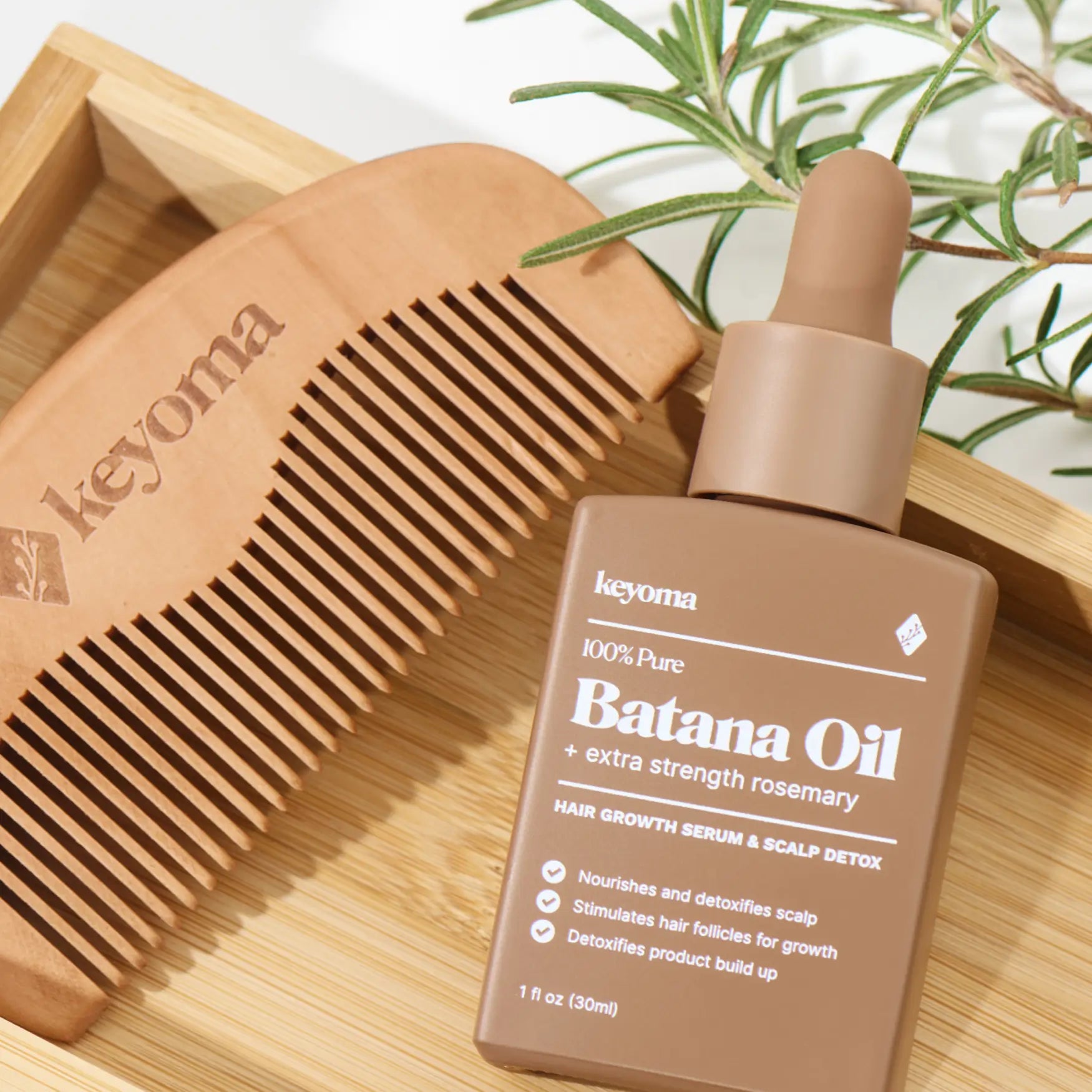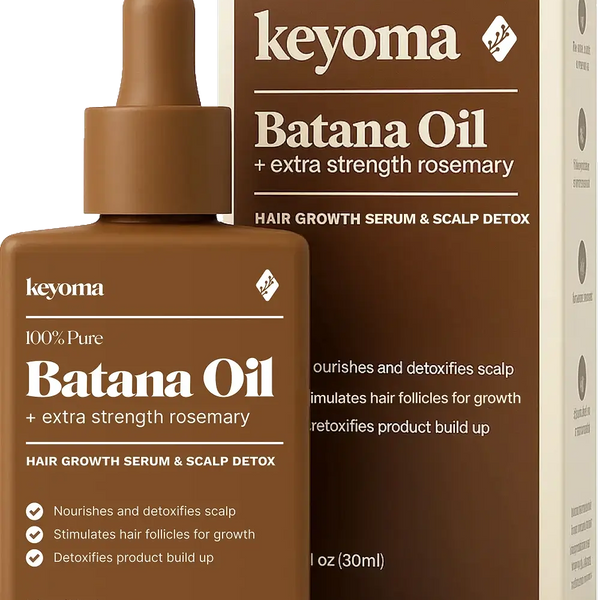In this article
Rice is tasty and flexible in the kitchen, but its uses go further. It might even help your hair.
Rice water for hair growth has become popular in recent years. People use it to encourage length, but what does it actually do and how do you apply it? What makes rice water stand out as a hair care step?
Key Takeaways
-
Rice water contains amino acids, vitamins, and inositol that strengthen hair fibers.
-
Benefits for hair growth lack strong proof, individual results vary and may be modest.
-
People with eczema or hair loss should test carefully and consult a provider.
-
Use once or twice weekly to avoid protein overload and potential brittleness.
What Is Rice Water?
Historical notes say Japanese court women first used rice water on their hair. Stories describe them rinsing suberakashi (floor-length hair) with the starchy water from washing rice, which may have supported those dramatic lengths.
Rice water contains antioxidants, amino acids, and a range of minerals plus vitamins A, B, and E. It also has inositol, a compound tied to many of its hair-friendly effects.
For hair specifically, the amino acids in rice water serve as protein building blocks. Those proteins support the inner cortex of each strand. Inositol may cut friction and boost elasticity, which can help hair feel stronger, longer, and shinier.
Rice Water Benefits for Hair Growth
If you’re thinking about adding rice water to your routine, it helps to know the perks. Here’s what it may offer:

1. Helps Stimulate Hair Growth
Thanks to inositol and amino acids, rice water can move into the hair shaft to reinforce and help repair damage, supporting healthier, longer hair over time.
2. Improves Texture and Shine
Dealing with dull, frizzy strands? Rice water can smooth the cuticle, leaving a softer feel and a noticeable sheen.
3. Helps Reduce Breakage
The amino acids in rice water help fortify strands, which may cut down on split ends and breakage. Pair this with hair care that have DHT-blocking properties to support stronger hair.
4. Nourishes the Scalp
Healthy hair starts with a healthy scalp. The vitamins and minerals in rice water can help keep the scalp hydrated, balanced, and resilient.
5. Suitable for All Hair Types
Curly, straight, or textured, rice water suits most hair types. It can be especially helpful if you want to bring back natural pattern and support elasticity.
Is Rice Water Treatment Safe for Hair?
Many products promise results without therapeutic trials or strong proof that they work as advertised. Rice water for hair carries few risks, but it also isn’t likely to deliver major benefits.
Rice water is a home remedy, and people with certain skin conditions should proceed carefully.

Eczema or Atopic Dermatitis
In this condition, the skin struggles to hold a proper moisture barrier, which can cause inflammation and itch. That doesn’t mean everyone will react to rice water, but it’s wise to be strategic and patch-test a small spot on the scalp before applying it everywhere.
Hair Loss or Alopecia
Be cautious about using rice water as your first step for hair loss (alopecia). Hair loss has several types, and some have FDA-approved medications. If you notice heavy shedding or bald spots, see a health care provider.
How to Use Rice Water on Hair
You’ve prepared a batch of rice water. Now what? Follow these steps to use it on your hair.

1. Prepare the Rice Water
-
Rinse 1/2 to 1 cup of rice, any variety, well to remove dust and residue.
-
Soak the rinsed rice in 2-3 cups of water for about 30 minutes. For a stronger mix, you can leave it overnight.
-
After soaking, strain the rice and catch the liquid in a clean bowl. That liquid is your rice water.
2. Fermentation (Optional)
Some people ferment rice water for extra effects. To try it, leave the strained liquid at room temperature for 12-24 hours. Fermentation may increase the available nutrients.
3. How to Apply
-
Shampoo and condition as usual, then pour the rice water over your hair.
-
Massage it lightly into your scalp and through the lengths for even coverage.
-
Let it sit for 5-20 minutes based on your hair and preferences. If you’re new to rinses, start on the shorter side.
-
Rinse well with lukewarm water.
4. How Often to Use
Use a rice water rinse once or twice a week, depending on how your hair responds and what it needs. Too much can lead to protein overload and leave hair brittle.
5. Use of Conditioner
Follow with a conditioner or hair mask to keep moisture up and help prevent possible protein overload.
Keep in mind results from a rice water rinse vary. Some folks notice clear improvements in hair health, while others don’t see the same change. Be patient and consistent so you can judge how it works for your hair type and needs.
Test a Rice Water Rinse This Week, Start Small
Rule of thumb: control rice water with minutes, not more product. Start at the low end of the window and keep contact for 5–20 minutes, then rinse well.
Use it once or twice a week; more than that can push you toward protein overload and brittle strands.
If you have eczema or a reactive scalp, patch-test on a small spot before a full rinse.
When hair feels rough after the rinse, balance with conditioner or a mask instead of adding another rice-water round.
If stiffness persists, widen the gap between treatments rather than increasing time. For dilution schedules, patch-test steps, and routine maps, visit the Keyoma Hair Care blog.
Featured Product
100% Pure Batana Oil + Rosemary









